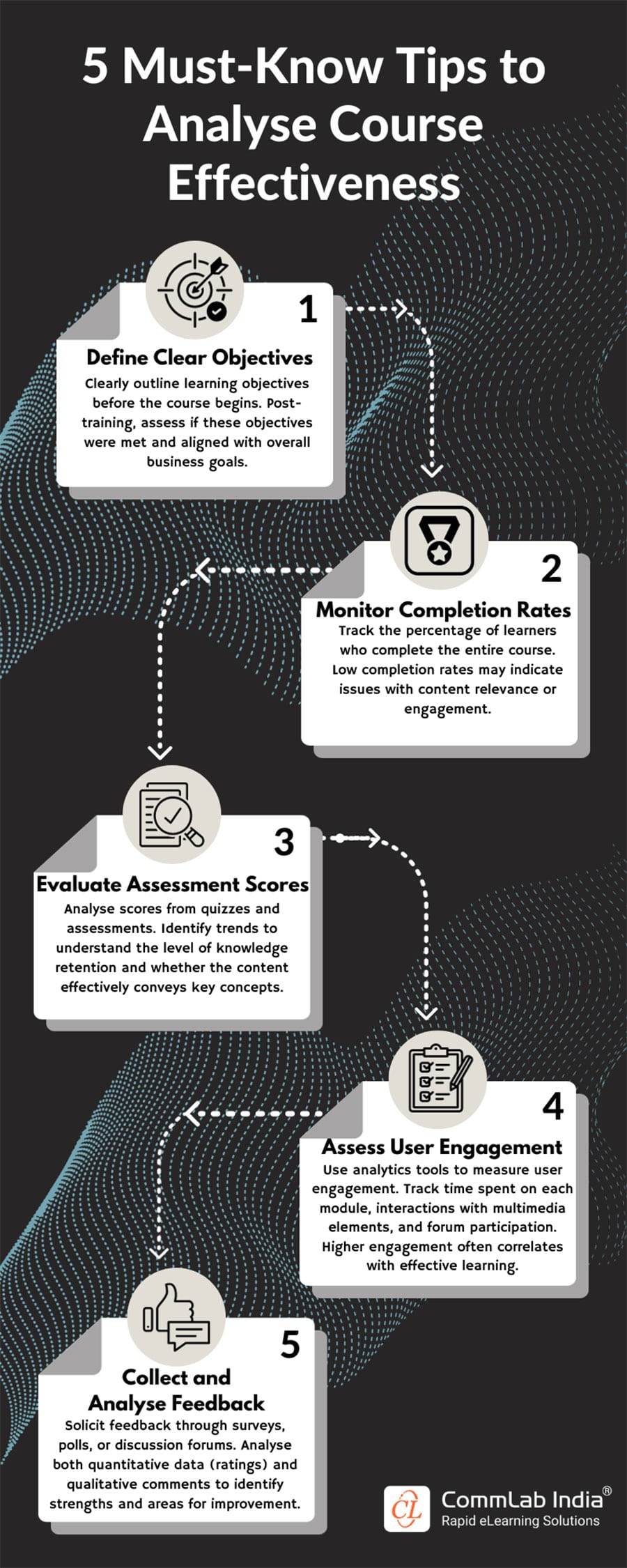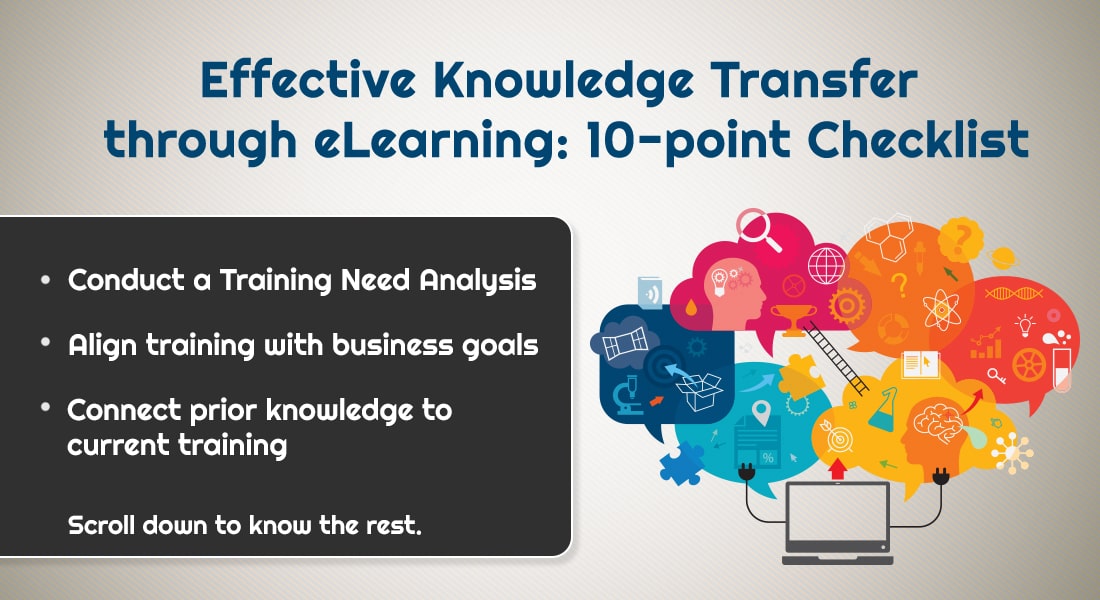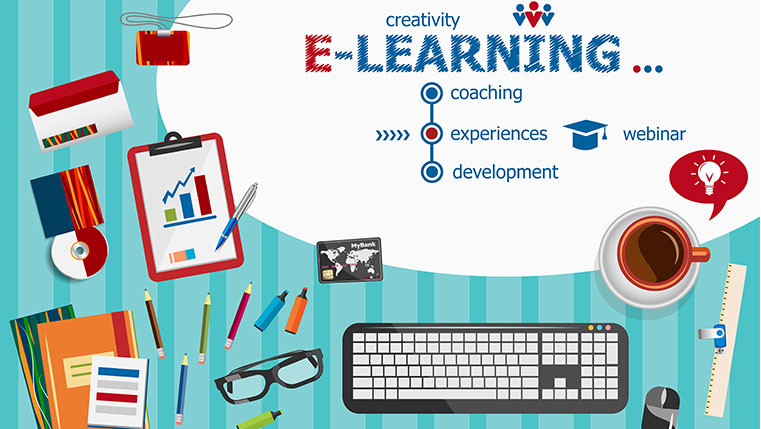Effective eLearning Courses — What’s the Hype About? [Infographic]
Effective eLearning courses empower learners with the skills and knowledge necessary for success in a dynamic world.

Consider a scenario in a healthcare organization that has implemented an eLearning course on patient safety protocols for its nursing staff. The course is designed to train nurses in the latest safety guidelines, best practices, and emergency procedures to enhance patient care. So, just assigning the course won't suffice, what matters is thorough learning and real-world application.
And for learners to actually benefit from the eLearning course, it is crucial that the course is effective in addition to just being taken.
What is Effective eLearning?
Imagine a learning environment where learners are engaged naturally, without any obstacles, and where learning goes beyond the traditional classroom setting to an immersive world where knowledge acquisition is dynamic, interactive, and customized to each learner's needs. That's what effective eLearning is all about! The blend of technology, pedagogy, and learner-centered design creates a harmonious whole that appeals to today's tech-savvy generation.
Effective eLearning is more than just digitized content, it's a transformative experience that seamlessly blends innovation with learning prowess.
Furthermore, ongoing learning is necessary due to the rapid evolution of industries and technologies. eLearning programs that are effective provide the flexibility required to adapt to these changes and enable businesses to effectively upskill their employees. They provide measurable outcomes, enabling the assessment of learners' progress and the impact of the training on organizational goals.
Tips to Assess the Effectiveness of eLearning Courses
Features of Effective eLearning Courses
Effective eLearning is characterized by a set of features that collectively create an engaging, impactful, and learner-centric course.
1. Interactivity
Effective eLearning goes beyond static content, incorporating interactive elements such as quizzes, simulations, game elements, and more. This interactivity enhances engagement and boosts knowledge retention.
2. Multimedia Integration
Rich multimedia elements like videos, animations, audio and graphics are seamlessly integrated to cater to diverse learning styles, creating a dynamic and visually stimulating learning experience.
→ Download Now: Instructional Design Strategies to Design Engaging eLearning Courses [eBook]
3. Microlearning
Bite-sized, focused microlearning modules facilitate quick comprehension and knowledge application. This approach caters to the modern learner's preference for targeted bursts of information.
4. Mobile Compatibility
Effective eLearning is designed to be accessible on various devices, allowing learners the flexibility to engage with content anytime, anywhere. Mobile compatibility aligns with the on-the-go lifestyle of today's learners.
5. Assessment and Feedback
Regular assessments and constructive feedback mechanisms are embedded to gauge learner progress accurately. This ensures continuous learning and reinforces knowledge retention.
Wrapping it up!
As the training landscape continues to evolve, the significance of well-designed, engaging eLearning experiences is becoming increasingly popular in fostering a culture of continuous learning and adaptability.
And eLearning stands out as a budget-friendly option, particularly in the current digital era witnessing widespread adoption of online training by organizations. However, the true effectiveness of a course is not solely determined by its cost or quality, rather it hinges on its ability to assist learners attain their learning objectives. If you're eager to explore impactful instructional design strategies that contribute to the creation of effective eLearning courses, delve into our comprehensive eBook designed just for that purpose. Grab your copy today!







